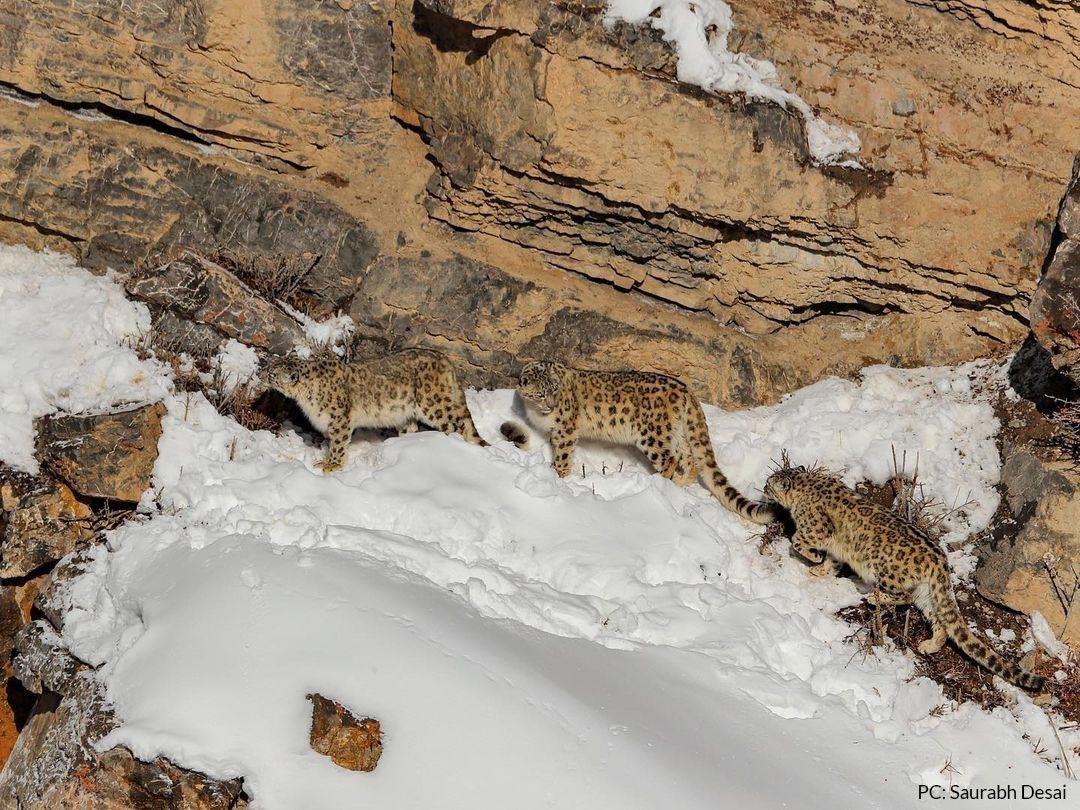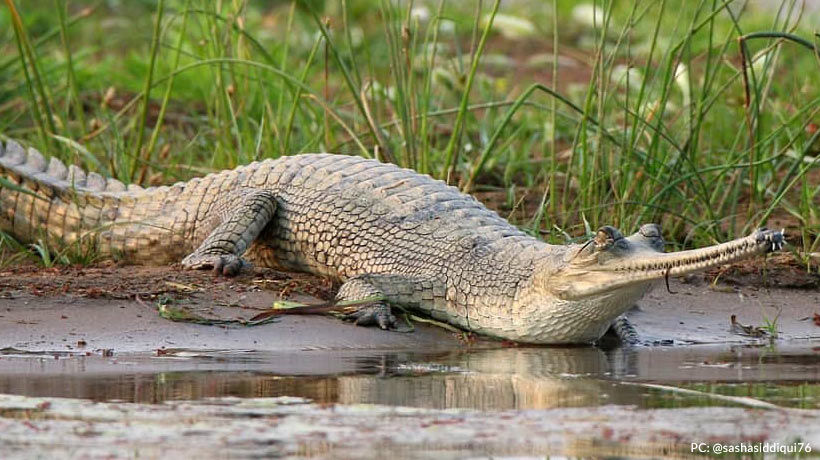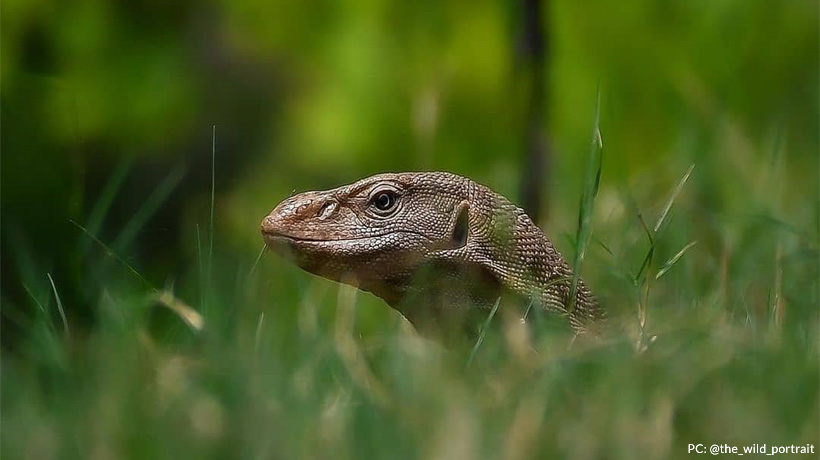Since the initiation of the Industrial revolution, there has been an ultimate peak in “HUMAN-WILDLIFE CONFLICT”. From Habitat loss and Deforestation to Fragmentation and invading their territories, HUMAN INTERFERANCE in the Wildlife is increasing day by day. Nearly 1 million animal and plant species are threatened with extinction according to the UN Report that stated with headlines : “Nature’s Dangerous Decline- Unprecedented, Species Extinction Rate- Accelerating“. May it be the Terrestrial Ecosystem or the Aquatic Ecosystem, all the inhabitants are suffering from the overexploitation of the Resources. It’s high time for us to realize the significance of Ecology and save the BEAUTIES OF NATURE for our Future generations.
Indian Government has undertaken many Projects to Save the Wildlife of our Country.
Major Wildlife Conservation projects are enlisted below in a chronological order, Read on.
- 1970- PROJECT HANGUL :
Commonly called as ‘Hangul’, the Kashmir stag is endemic to Kashmir and surrounding areas. It is one of the subspecies of Central Asian Red Deer. These deer species generally live in a group of 2-18 individuals in riverine areas of Kashmir and Chamba(of Himachal Pradesh). One can spot them in the Dachigam National Park and it’s near by elevated areas. Once found in huge numbers, they are now listed as “Critically Endangered” on the IUCN red list. Illegal poaching, Habitat destruction and over grazing are some of the responsible factors for lowering their population. However , with the help of IUCN and WWF, the Jammu & Kashmir state government launched ‘Project Hangul’ in 1970 to save their population in the wild.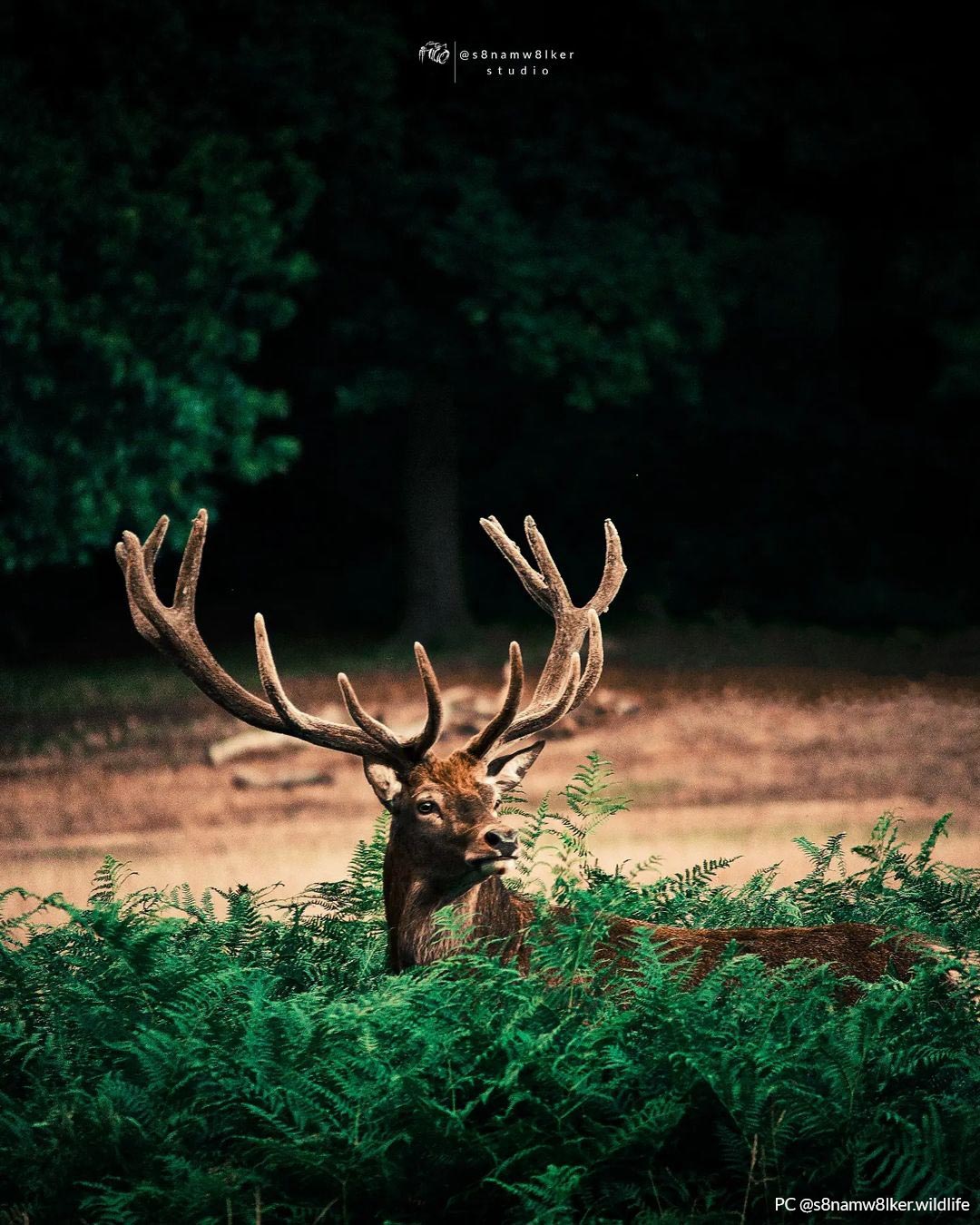
- 1972- PROJECT LION :
Once ranging from far West Asia to the Middle east Asia, the Asiatic Lion now refuge to their last home- GIR. They are declared “Endangered” by the IUCN. Lions are the only Big Cats, that live in Groups. Male Asiatic Lion lives in Solitude but they also live in a PRIDE of 3-12 individuals including Females and cubs. It is differentiated from the African Lion by it’s mane and unique belly fold. Asiatic Lion was once prevalent in Northern India, but the extensive hunting of the British Raj and other Rulers lead to a drastic decline in their population. After the launch of ‘Project Lion’, in 1972, there has been a constant increase in lion population. As of 2020, the survey counted 674 Asiatic Lions in Gir. After successfully boosting the numbers of Asiatic Lion, now the Project Lion aims for Relocating lions to predetermined sites as their habitat in India.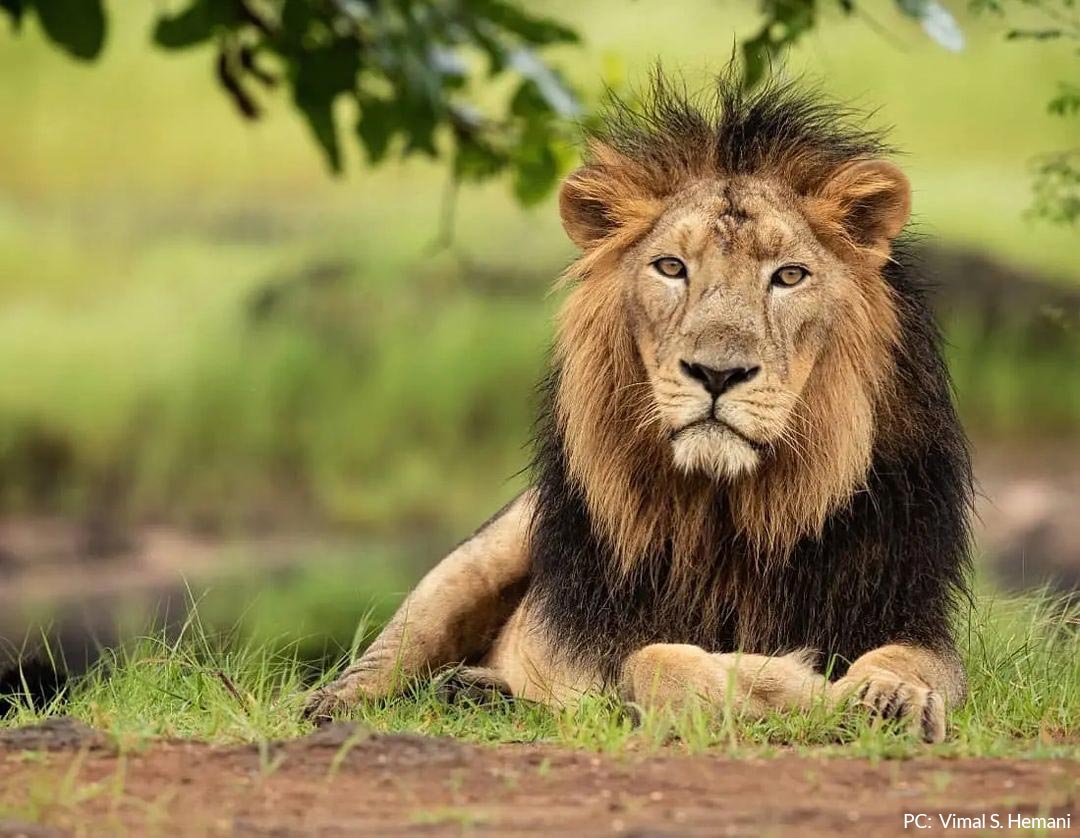
- 1973- PROJECT TIGER :
Considered to be one of the most ferocious wild cats, Royal Bengal Tiger is the Charismatic Fauna of our country. India inhabits 80% of the world’s total tiger population and hence, Tigers are the most abundant Wild cats found in India. The central state- Madhya Pradesh has the highest population of Tigers in India. ‘Project Tiger’ was launched in 1973 under the government of Prime minister Indira Gandhi. The main aim of this Project is to lower the THREAT FACTORS that lead to the depletion of Tiger Habitats and recover the ecosystems to it’s optimum possible extent. TIGER RESERVES were also initiated by Project Tiger which are administered by the National Tiger Conservation Authority (NTCA). There are total 53 Tiger Reserves, including the latest addition of GURU GHASIDAS NP of Chattisgarh.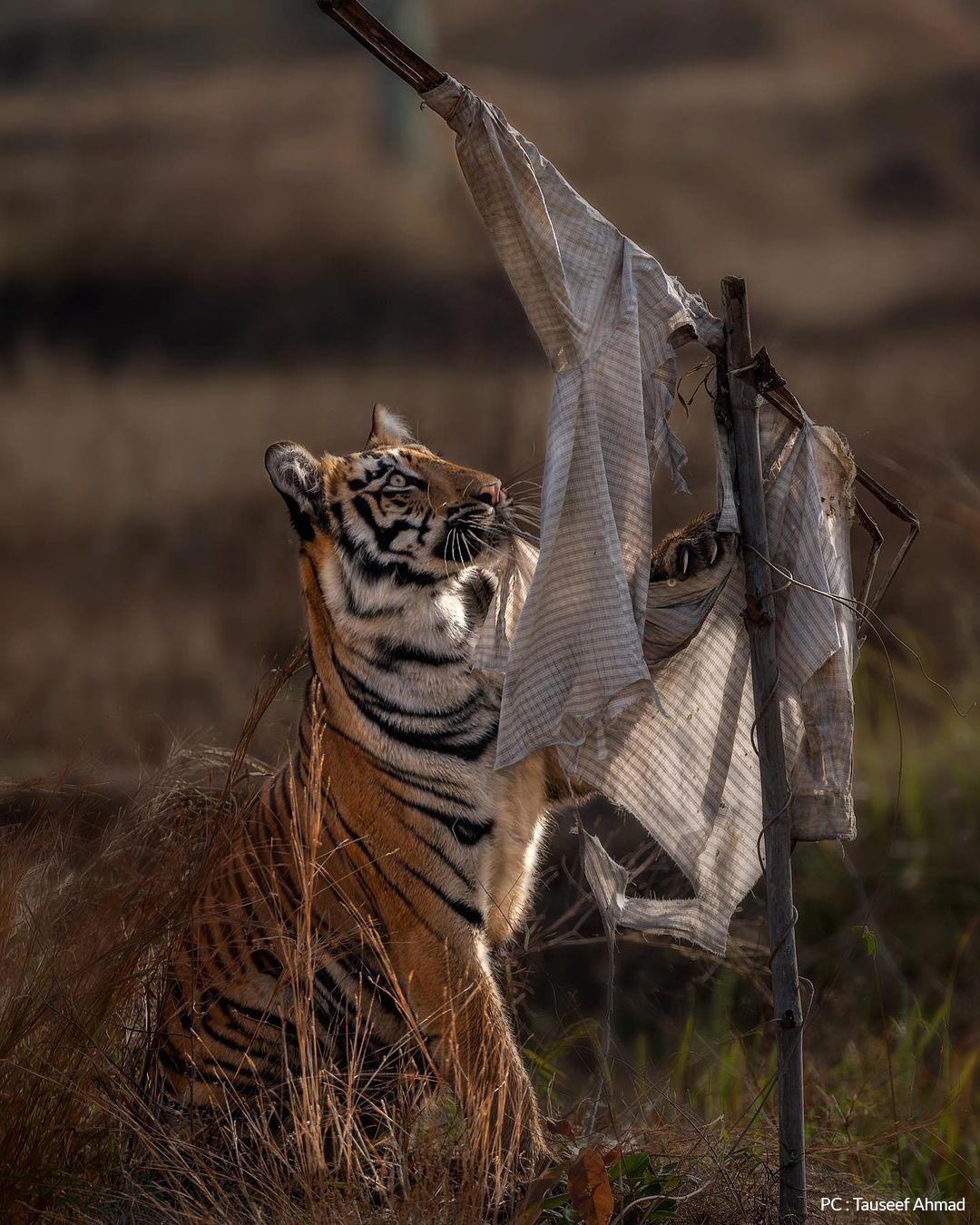
- 1975- GHARIAL AND SALTWATER CROCODILE CONSERVATION PROGRAMME :
This conservation project was first implemented in Odisha state. Water pollution is a major issue that accounts the Habitat of Gharials and Saltwater crocodiles. Illegal waste dumping, flow off without treatment of waste water, plastic inputs and poor sewage / drainage managements lead to the risk of aquatic ecosystem. However, this project has been successfully implemented and the Gharials / saltwater crocodiles are on a good path of Recovery.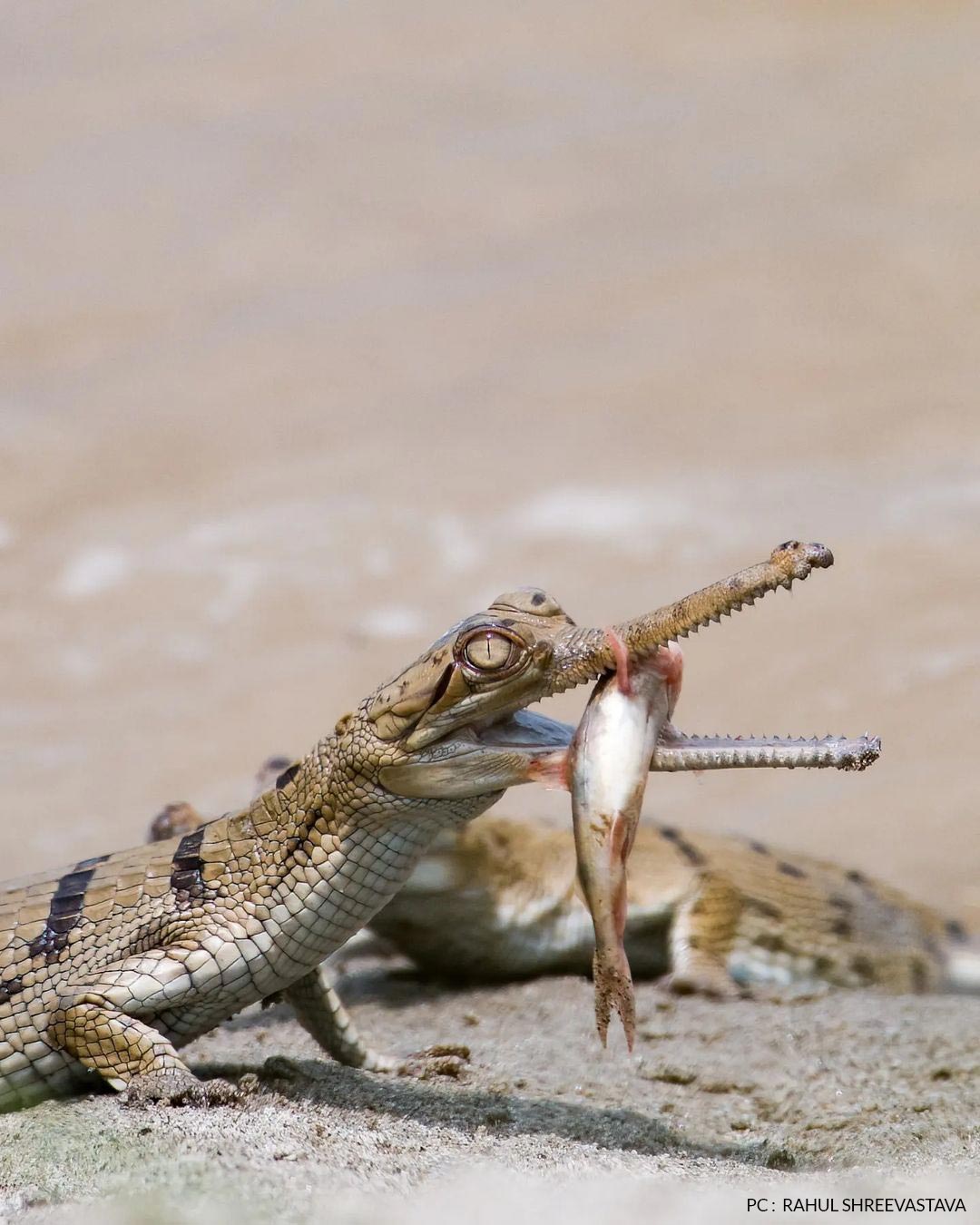
- 1992- PROJECT ELEPHANT :
Ministry of Environment and Forests(GOI) started ‘Project Elephant’ in 1992 to save the Giant Tuskers. Included as the “Endangered species” on the IUCN red list, Wild Asiatic Elephants are the biggest herbivorous of all other mammals found in India. Therefore, they can be considered as one of the chief “INDICATOR SPECIES” of Ecosystem. The accountable threat occurs when they transfer their habitats through corridors. These corridors are generally cut by the National Roads and Railway tracts. ‘Project Elephant’ aims in addressing the established elephant corridors across their habitats and hence, mitigating their conservation threats.
- 1999- PROJECT SEA TURTLE :
Collaborating with the United Nations Development Programme (UNDP), the Ministry of Environment and Forests (GOI) initiated the ‘Sea Turtle Conservation Project’ in 1999. The project emphasized on a very significant turtle species i.e, – OLIVE RIDLEY TURTLES. Every year thousands of Ridleys migrate to Indian coastal region (especially eastern coast) in winter season for breeding and nesting. Therefore, this project has been launched across the coastal states of our country. The Gahirmatha beach (Odisha) on the eastern coast is the largest breeding ground for these turtles.
Do You Know ???
INTERESTING FACT : Incubation of the Ridley eggs at 31-32° C produces Females and the eggs incubated at 28° C or less than that produces Male Turtles. - 2009- PROJECT SNOW LEOPARD :
Often regarded as the “Ghost of the mountain”, the Snow Leopard is a majestic and fierce wild cat of India. Found in the Himalayas, the snow leopards are listed as ‘Vulnerable’ on the IUCN red list. Threatened by
Habitat destruction and Poaching, they live at high elevations and steeps. A data shows that the Global Warming that is accelerating the melting of Himalayan glaciers will lead up to 30% of Snow leopard habitat-destruction. The Project of 2009 creates awareness and promotes the local participants in the conservation of this elusive species. They must be preserved as they act as “Indicator species” for the Mountain ecosystem.